- Home
- ::
- Raydium LaunchLab Review: Solana’s New Token Launchpad Compared to Pump.fun
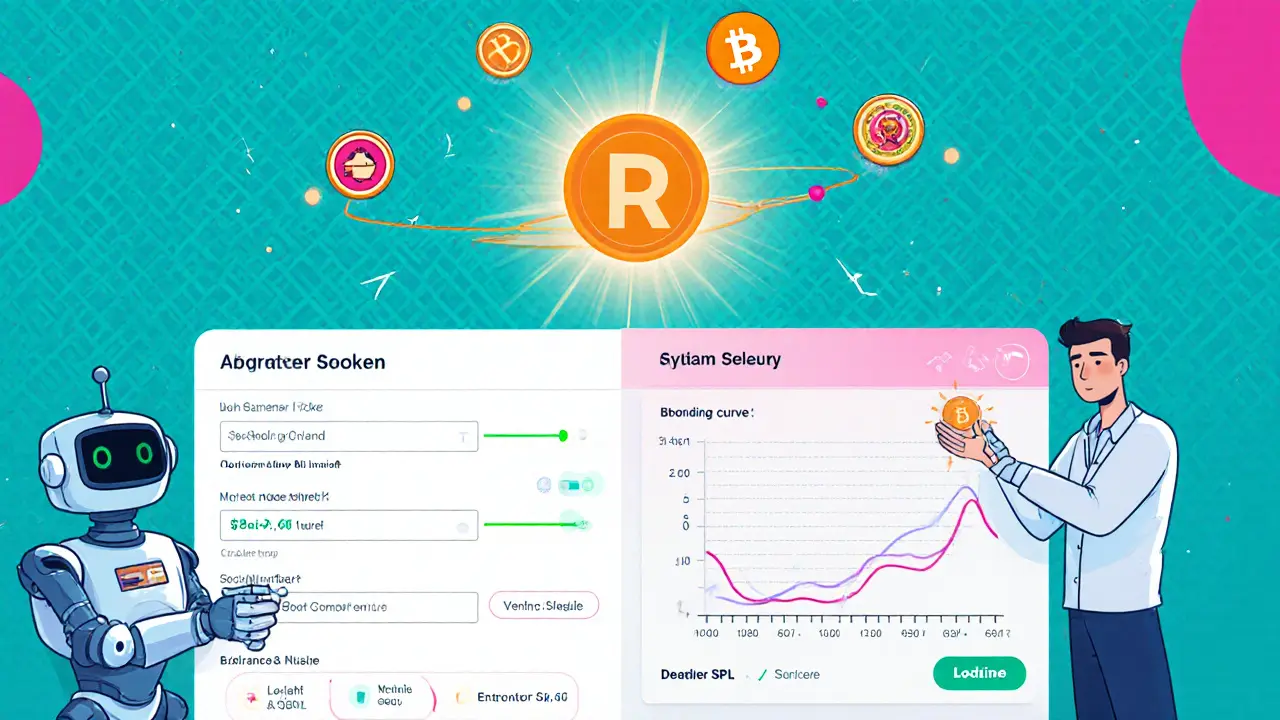
Raydium LaunchLab Review: Solana’s New Token Launchpad Compared to Pump.fun
Raydium LaunchLab vs Pump.fun Comparison Tool
| Feature | LaunchLab | Pump.fun |
|---|---|---|
| Quote token support | Multiple (SOL, USDC, USDT, others) | SOL only |
| Bonding-curve models | Linear, exponential, logarithmic | Linear only |
| Liquidity migration | Automatic to Raydium AMM at 85 SOL | Manual, often requires creator action |
| Fee structure | Flat 1% (split 50/25/25) | Variable, up to 3% plus hidden costs |
| Integration depth | Native to Raydium DEX, Serum order-book | Standalone, limited DEX ties |
| Graduation success rate | ~1% of 900k launches | ~3% historically (est.) |
Which Platform Is Right for You?
Use this interactive guide to determine which launchpad aligns better with your project needs:
Recommended Platform
When you hear someone mention Raydium LaunchLab is a token launchpad built on Solana that plugs directly into Raydium’s AMM and offers free, no‑code token creation, the first question is usually: does it actually deliver on the hype? Launched in April 2025, LaunchLab tries to capture the booming meme‑token market while giving creators more control than the older Pump.fun platform. Below you’ll find a practical, no‑fluff rundown that tells you whether LaunchLab lives up to its promises, how it stacks up against the competition, and who should consider using it.
Quick Takeaways
- LaunchLab supports free token launches with two modes - a ‘just‑click‑and‑go’ option and a fully configurable mode for tokenomics geeks.
- Only about 1% of the 900,000+ launches have graduated the 85SOL liquidity threshold, so success is far from guaranteed.
- Fee structure is a flat 1% of raise, split 50/25/25 between the Community Pool, RAY buy‑backs and operational costs.
- Compared with Pump.fun, LaunchLab offers multi‑quote token pairs, advanced bonding‑curve models, and automatic migration to Raydium’s high‑speed AMM.
- Best for Solana‑savvy creators who need liquidity security and are okay with a steep graduation hurdle.
What is Raydium LaunchLab?
In plain terms, LaunchLab is a launchpad service that lets anyone mint a new SPL token on Solana a high‑throughput blockchain known for sub‑cent transaction fees and fast finality without writing code. The platform is a product of Raydium Solana’s leading decentralized exchange (DEX) and automated market maker (AMM), which already powers a sizable share of Solana’s DeFi volume.
LaunchLab’s primary goal is to turn a simple token creation flow into a fully fledged liquidity pool on Raydium once the raise meets a preset target - currently 85SOL. When that happens, the platform automatically mints Raydium LP tokens, burns them (via Raydium’s Burn&Earn system), and hands the resulting permanent pool over to the market.
Two Launch Modes - How Do They Differ?
LaunchLab offers a “JustSendit” mode and a “LaunchLab Mode”. The former is a one‑click experience: you fill in a token name, ticker, upload a 128×128‑pixel logo, and hit “Launch”. All parameters (supply, bonding curve, raise target) use default settings, and the token immediately starts collecting SOL contributions.
LaunchLab Mode unlocks a suite of advanced controls. You can set a custom raise target (minimum 30SOL), pick the bonding‑curve shape (linear, exponential, logarithmic), allocate a portion of the total supply to a vesting schedule, and even add a creator‑fee‑share that lets you earn 10% of LP trading fees after graduation. This mode is ideal if you have a clear tokenomics plan and want to fine‑tune price dynamics based on market demand.
Fees, Incentives, and Revenue Sharing
The platform charges a flat 1% fee on the total amount raised. That 1% is then split three ways:
- 50% goes to the Community Pool a shared fund used to support future ecosystem projects and community initiatives.
- 25% is earmarked for RAY token Raydium’s governance token, which is bought back to create upward pressure on price.
- The remaining 25% covers infrastructure, security audits, and ongoing operational costs.
In addition to the base fee, LaunchLab runs a referral program that pays 0.1% of each referred trade in SOL to the referrer - a modest but useful trick for community builders.
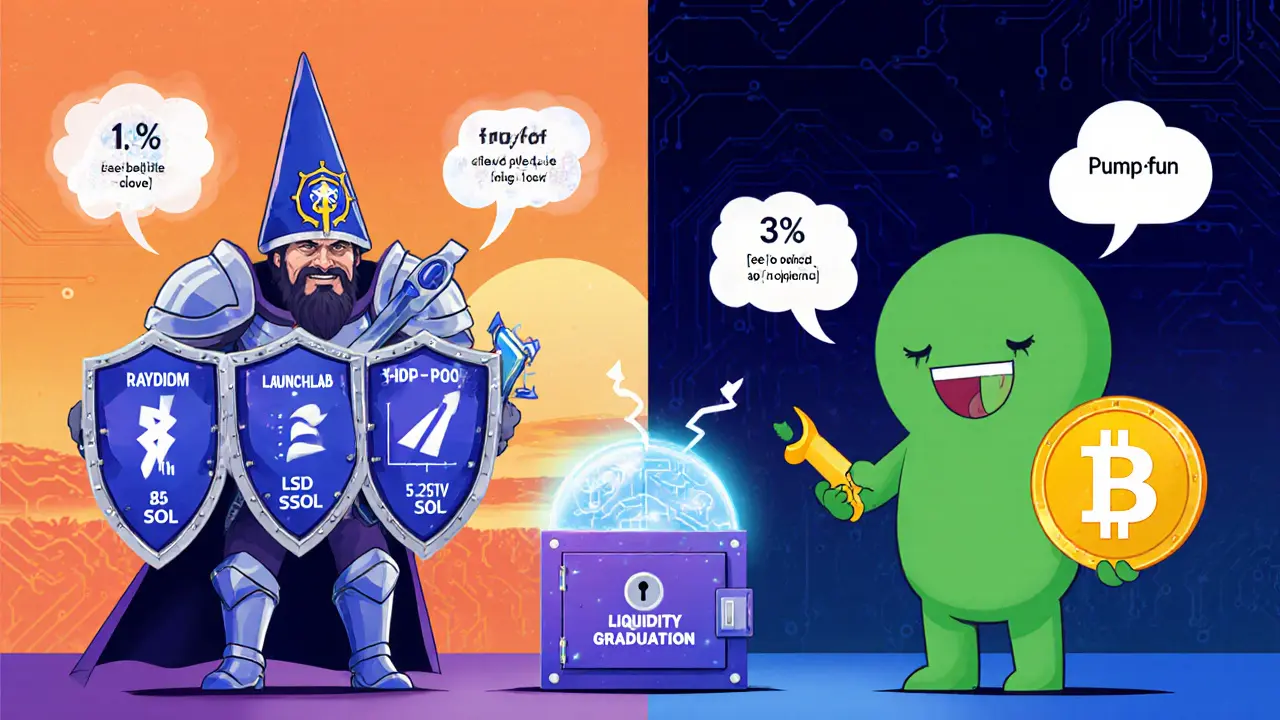
Security and Liquidity Guarantees
Because LaunchLab is built on top of Raydium’s existing AMM, it inherits the DEX’s security posture. Raydium locks liquidity using its proven “Burn&Earn” mechanism: once a token hits the 85SOL graduation threshold, LP tokens are minted, instantly burned, and the underlying SOL becomes immutable in the pool. This design eliminates the classic “rug‑pull” scenario where creators could dump liquidity after a brief hype period.
The platform also integrates with Serum Solana’s central limit order book that provides price discovery and deeper market depth, giving launched tokens access to order‑book liquidity on top of the AMM.
LaunchLab vs. Pump.fun - A Side‑by‑Side Look
| Feature | Raydium LaunchLab | Pump.fun |
|---|---|---|
| Quote token support | Multiple (SOL, USDC, USDT, others) | SOL only |
| Bonding‑curve models | Linear, exponential, logarithmic | Linear only |
| Liquidity migration | Automatic to Raydium AMM at 85SOL | Manual, often requires creator action |
| Fee structure | Flat 1% (split 50/25/25) | Variable, up to 3% plus hidden costs |
| Integration depth | Native to Raydium DEX, Serum order‑book | Standalone, limited DEX ties |
| Graduation success rate | ~1% of 900k launches | ~3% historically (est.) |
In short, LaunchLab offers more flexibility and tighter security, but the higher graduation bar means many projects never reach a permanent pool. Pump.fun’s lower threshold makes it easier for memes to get listed, but at the cost of liquidity robustness.
Pros and Cons
- Pros
- Free token creation - no upfront costs beyond the raise.
- Automatic liquidity locking and burn‑&‑earn guarantees.
- Multi‑quote token trading pairs broaden market reach.
- Advanced bonding curves let you shape price curves precisely.
- Direct access to Raydium’s high‑speed, low‑fee environment.
- Cons
- Only 1% of launches ever hit the 85SOL graduation mark.
- Complex tokenomics require a solid understanding of DeFi mechanics.
- Referral and creator‑fee‑share revenues are modest.
- Heavy reliance on Solana’s network health - any major outage stalls launches.
Who Should Use Raydium LaunchLab?
If you’re an experienced Solana developer or a meme‑token community looking for a professional liquidity solution, LaunchLab’s advanced mode is a good fit. The platform’s security model is appealing for projects that care about long‑term credibility.
Casual creators who just want to test a token idea may find the JustSendit mode too limiting, especially given the low graduation rate. In that case, a simpler DEX or even a centralized launch service could be more rewarding.
Future Outlook - What’s Next for LaunchLab?
Industry analysts like @0xINFRA and @arifkazi_ see LaunchLab as the first step in a broader Raydium strategy that could include cross‑chain bridges, DAO tooling, and deeper Serum integration. The platform’s ability to attract high‑quality projects will hinge on improving the graduation threshold or offering incentives to boost the 85SOL target. Some community members suggest a tiered graduation system (e.g., 30SOL for a half‑size pool) to lower the entry barrier without sacrificing security.
Until those enhancements roll out, the most realistic expectation is that LaunchLab will remain a niche but technically robust launchpad for serious Solana projects.
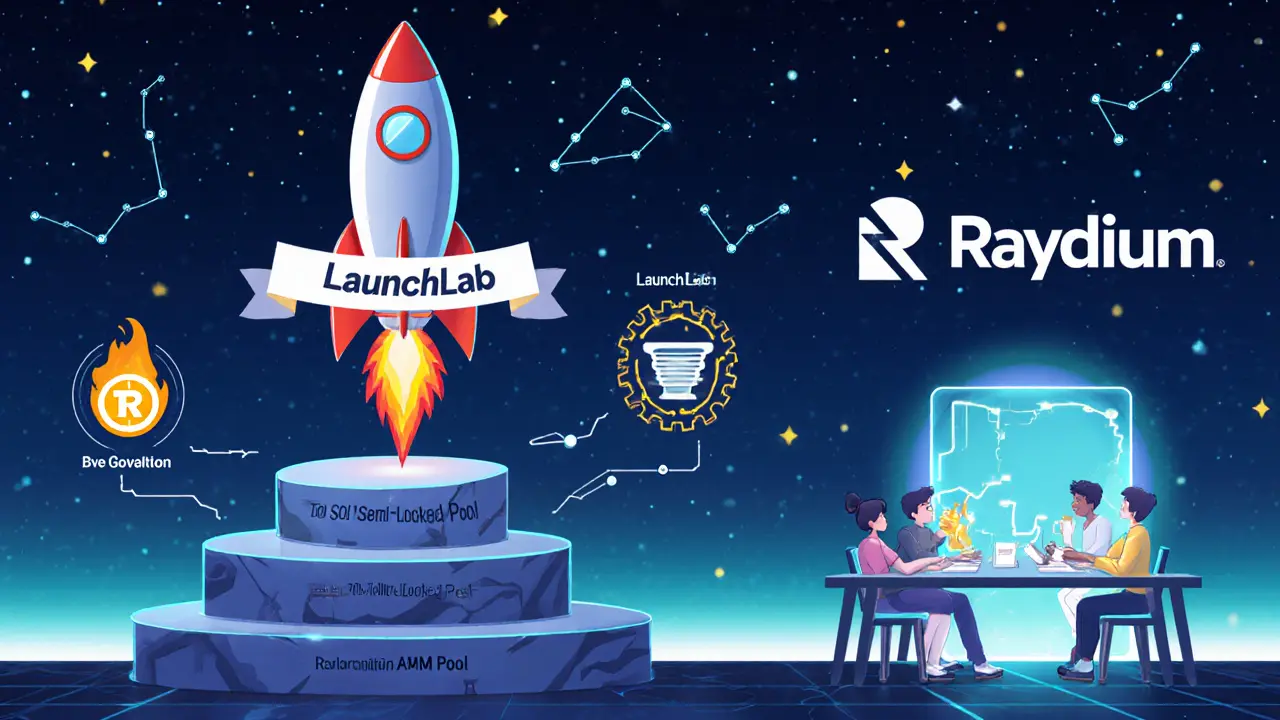
Frequently Asked Questions
What is the minimum amount needed to graduate a token on LaunchLab?
A token must raise at least 85SOL in contributions before the platform automatically migrates it to a permanent Raydium AMM pool.
Can I launch a token with a quote asset other than SOL?
Yes. LaunchLab supports multiple quote tokens such as USDC and USDT, which expands trading pair options beyond SOL‑only listings.
How does the fee split work?
The flat 1% raise fee is divided 50% to the Community Pool, 25% to RAY token buy‑backs, and 25% to cover infrastructure and operational costs.
Is there a way to earn ongoing fees as the token creator?
Yes. In LaunchLab Mode you can enable a Creator Fee Share, which gives you 10% of the LP trading fees once the pool graduates and the Burn&Earn system is active.
How does LaunchLab compare to Pump.fun in terms of security?
LaunchLab leverages Raydium’s proven liquidity‑locking and automatic pool migration, reducing the risk of rug pulls. Pump.fun relies more on manual steps and a SOL‑only model, which can be less secure for long‑term liquidity.


 Finance
Finance
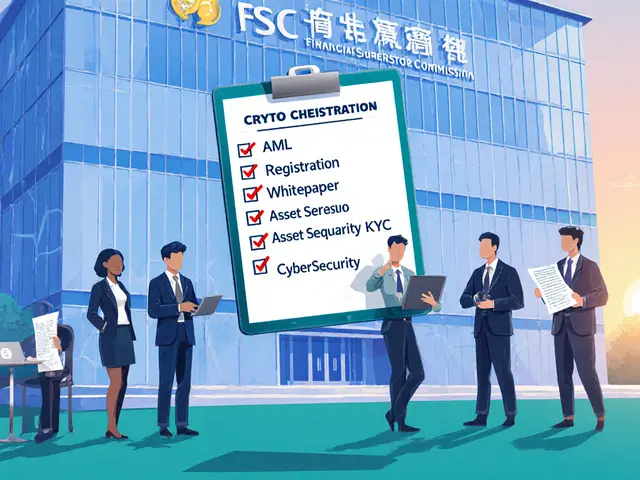
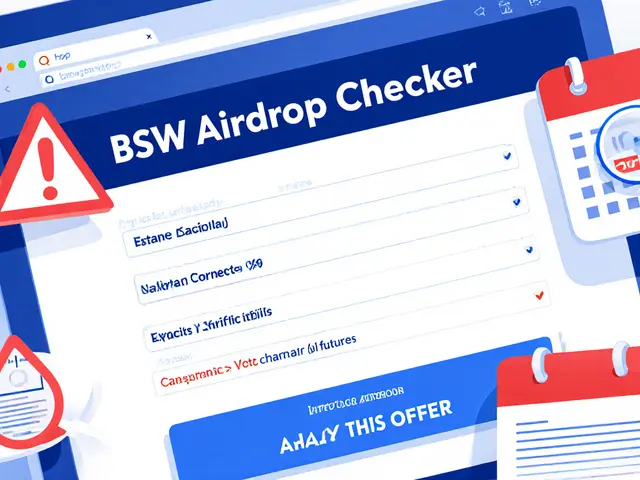
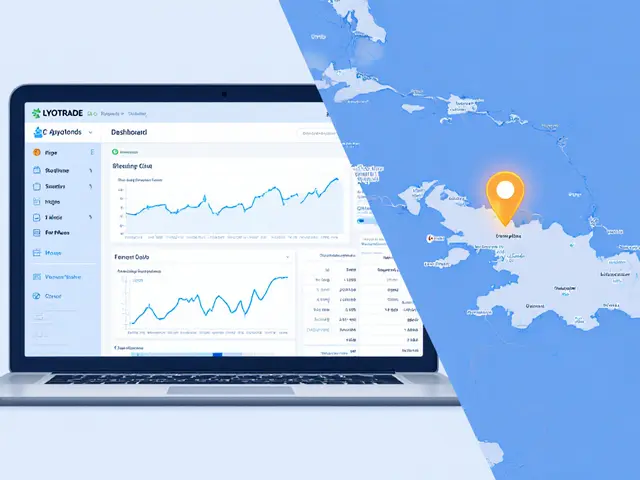

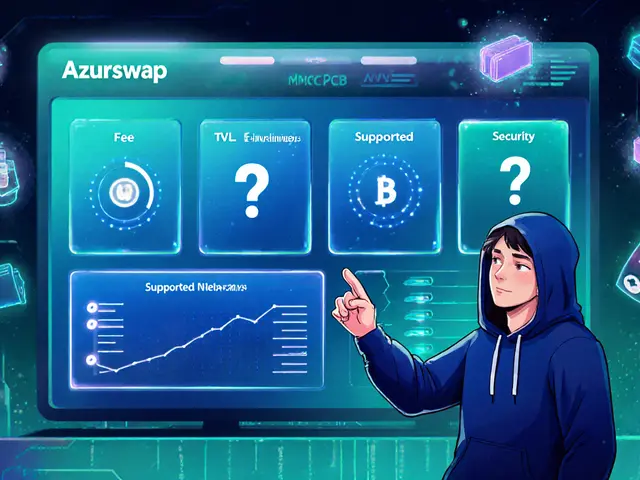
Write a comment